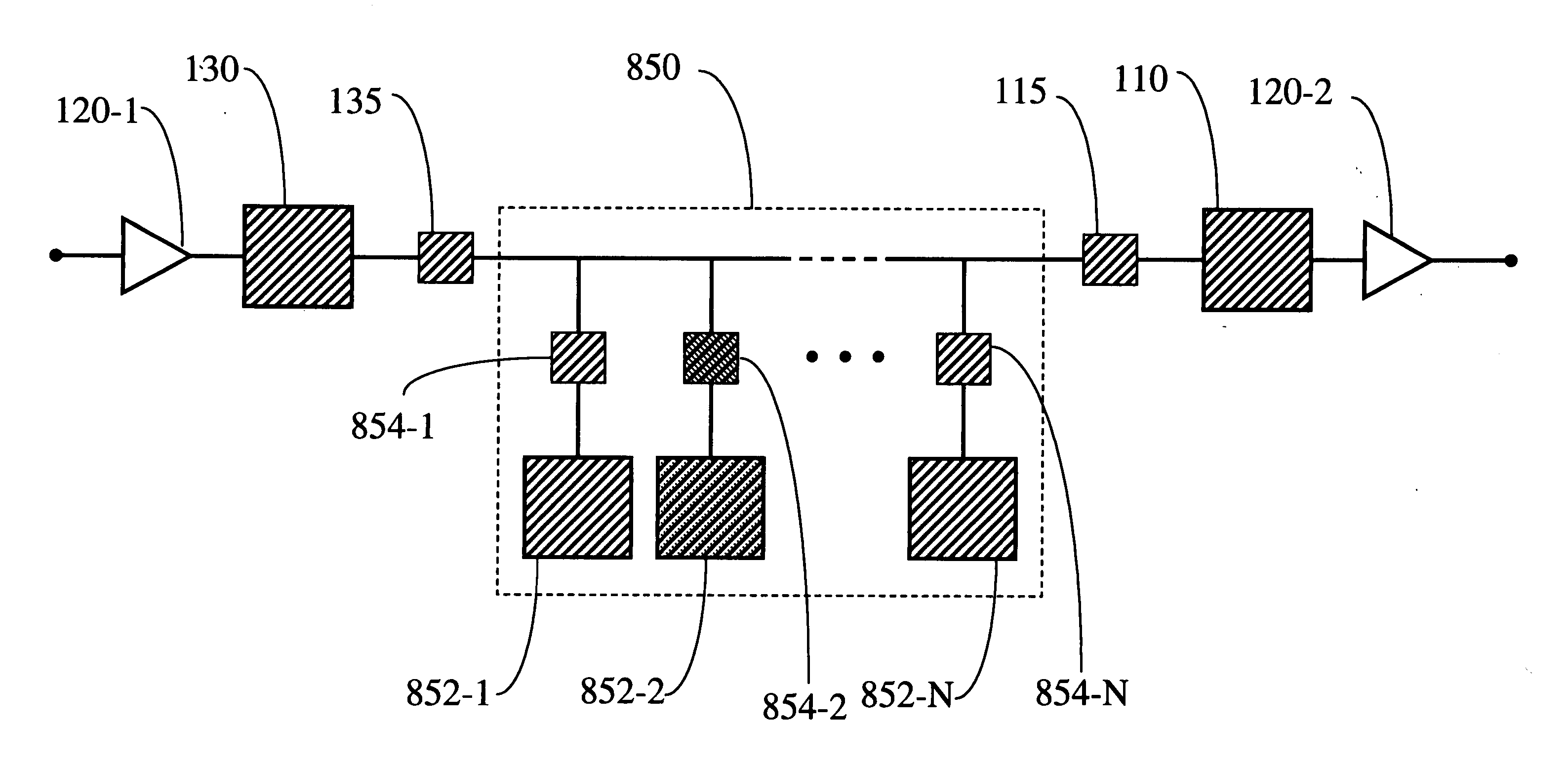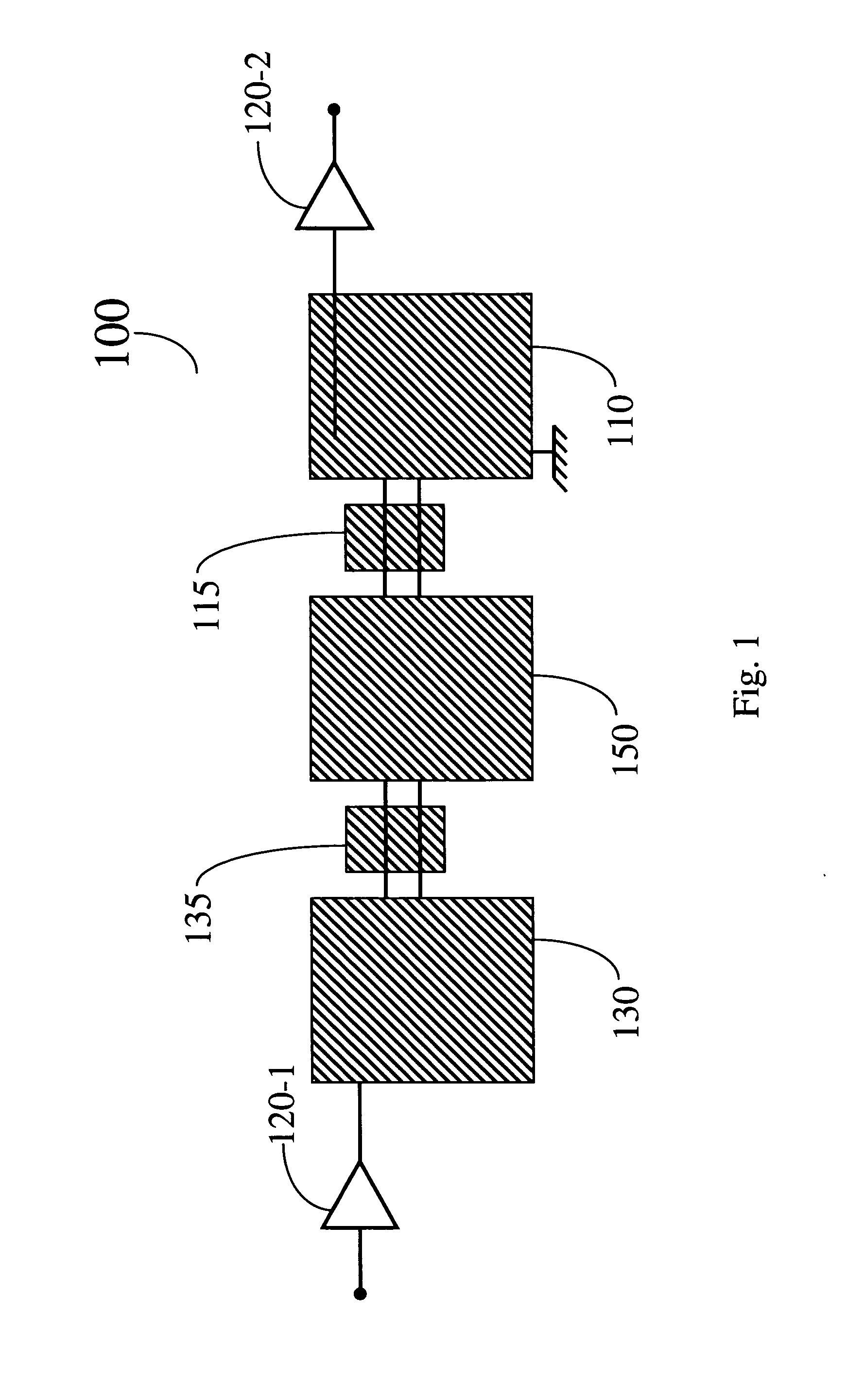Conditional Rabi oscillation readout for quantum computing
a quantum computing and conditional rabi oscillation technology, applied in the field of quantum computing, can solve the problems of loss of the superposition of the basis state in the qubit, the requirement for measurement often leads to coupling with decoherent source of noise, and the laboriousness of qubit measuremen
- Summary
- Abstract
- Description
- Claims
- Application Information
AI Technical Summary
Benefits of technology
Problems solved by technology
Method used
Image
Examples
Embodiment Construction
In accordance with the present invention, a system for performing a conditional Rabi readout operation comprises a quantum system, a mechanism for controlling the quantum system, and a measurement resonator having a characteristic resonance frequency. The quantum system couples to the measurement resonator when the quantum system is driven to produce a frequency that corresponds to the characteristic resonance frequency of the measurement resonator. In some embodiments of the present invention, the quantum system is a qubit which is a building block for quantum computation. A mechanism for controlling the quantum system comprises a device for applying a suitable direct current (DC) bias signal and one or more alternating signals having a frequency that matches the characteristic frequencies of the quantum system. Characteristic frequencies of the quantum system correspond to the separation between energy levels. For example, the frequency ωj=Δij / corresponds to the energy differenc...
PUM
 Login to View More
Login to View More Abstract
Description
Claims
Application Information
 Login to View More
Login to View More - R&D
- Intellectual Property
- Life Sciences
- Materials
- Tech Scout
- Unparalleled Data Quality
- Higher Quality Content
- 60% Fewer Hallucinations
Browse by: Latest US Patents, China's latest patents, Technical Efficacy Thesaurus, Application Domain, Technology Topic, Popular Technical Reports.
© 2025 PatSnap. All rights reserved.Legal|Privacy policy|Modern Slavery Act Transparency Statement|Sitemap|About US| Contact US: help@patsnap.com



